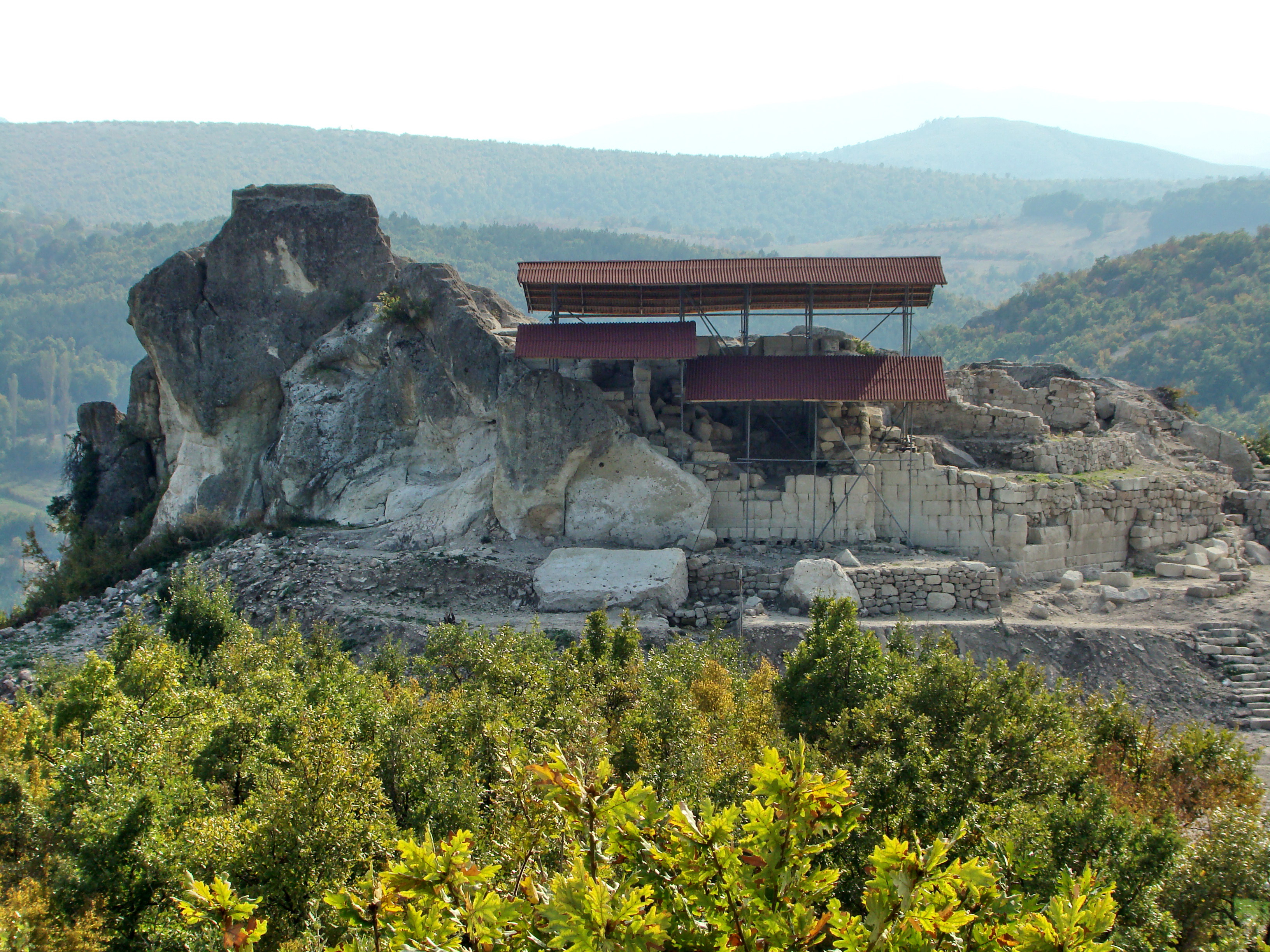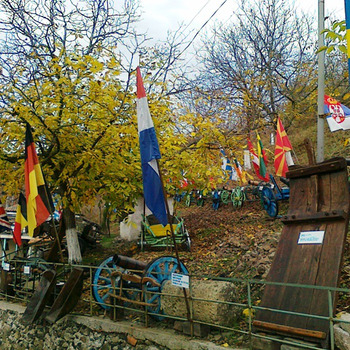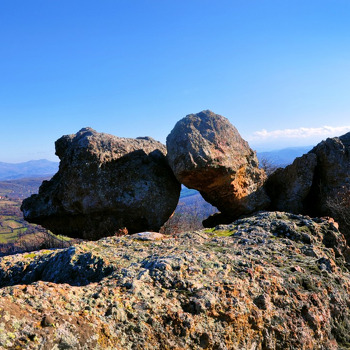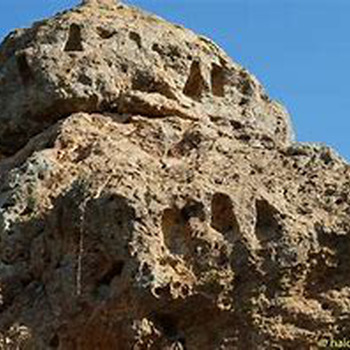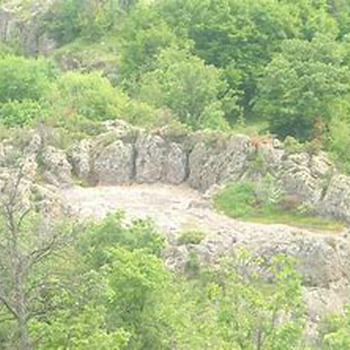Medieval settlement Cult center Tatul
Overview
Tatul is a rock-cult complex near the village of Tatul (Momchilgrad Municipality) called by the locals Kayabashi (translated from Turkish "stone head"). Tatul is a prehistoric cult site, on whose territory is located one of the most puzzling megalithic monuments in Bulgaria - a sarcophagus in the shape of a truncated pyramid, which has no analogue among the many megalithic monuments registered by archaeologists in Bulgaria and around the world. This is the best preserved temple complex carved into a monolithic short rock. The complex is located 200 m from the village of Tatul in the areas of Kara Dere and Kaya Basha. The rock sanctuary was registered and described for the first time in 1933 by the local historian Nikola Ivanov. In 1940, the Bulgarian archaeologist Vasil Mikov visited the site and suggested that under the hill were the ruins of a large ancient Thracian sanctuary.
The sanctuary is a rock massif, and its top - a truncated pyramid. The complex consists of two sarcophagi, a quadrangular bed for the main altar and a three-meter well, as well as numerous carvings with not very clear purpose on the rocks. According to the large-scale archeological excavations conducted with small interruptions in 2004-2009 under the leadership of Nikolay Ovcharov, the complex dates from the end of the 5th and the beginning of the 4th millennium BC, as evidenced by the fragments of pottery found in the area. The rock pyramid and the tombs around it were formed in the 18th - 11th century BC, when the sanctuary experienced its first great flowering. Around it is formed a circle of clay altars, on which the sacrifices were performed. Hundreds of cult objects were found - clay human idols and spindle vertebrae, models of vessels, bronze objects, an image of the Sun God.
In the 1980s, Prof. Ivan Venedikov hypothesized that the hill near the village of Tatul served as a sanctuary dedicated to Orpheus, but at this stage of the study of the archaeological site this hypothesis could not be proven. To identify the site as a cult site dedicated to Orpheus, Venedikov cites several ancient sources on ancient history. According to Conon and Pausanias, the remains of the legendary Thracian priest Orpheus were placed in an urn and laid on a rock. The idea was that after his death he would remain a mediator between the gods and men. The bones had to be hidden from the sun at the same time, but also closest to it. This is the idea of the anthropodemon or demigod - the king, who after his death gradually became a deity. According to Venedikov, a burial rite was performed on the hill near Tatul, which is quite different from the known burial practices of the ancient Thracians, in which the burial of dead rulers under mounds is observed.
Thus Venedikov substantiated the hypothesis that the closest evidence of the ritual once professed at Tatul are the legends about the burial of the famous king-priest, singer and prophet, born in the Rhodopes Orpheus.
The rock-cut facility is arranged in a different way from all similar facilities described at this stage, found on the territory of Bulgaria. The roughly made pyramid is carved by human hand from monolithic rock. About 4.50 m high and 6 m wide at its base, and in the upper part of the pyramid is carved a kind of platform, lower on the north and east side, and erected in the middle and south and west. In the middle of this raised part is carved an irregularly shaped grave, wide at the short side, where the head of the deceased is placed, 49 cm, and on the opposite side, where the legs must have been - 0.25 m. The tomb itself is 1.87 m long and is carved in the same way as the chambers of the tombs, without its sides forming sides or edges. To close this tomb from above, its sides were carved with a step indentation, 0.22 m deep and 0.9 m wide.
The registered cultural layers, facilities and finds determine the general chronology of the site from the Late Chalcolithic era to the Middle Ages, which means that the place was inhabited and used for about 5000 years.
Recommended
- Letovnishki waterfall
- Varbitsa River
- The Big and the Small Cauldron- Golemiat i Malak Kazan
- Thracian fortress in the village of Lisitsite
- Chit kaya
- Church of the Assumption - Kardzhali
- Open-air museum of the Rhodope traditions- Batkovtsi village


 Bulgarian
Bulgarian Romanian
Romanian